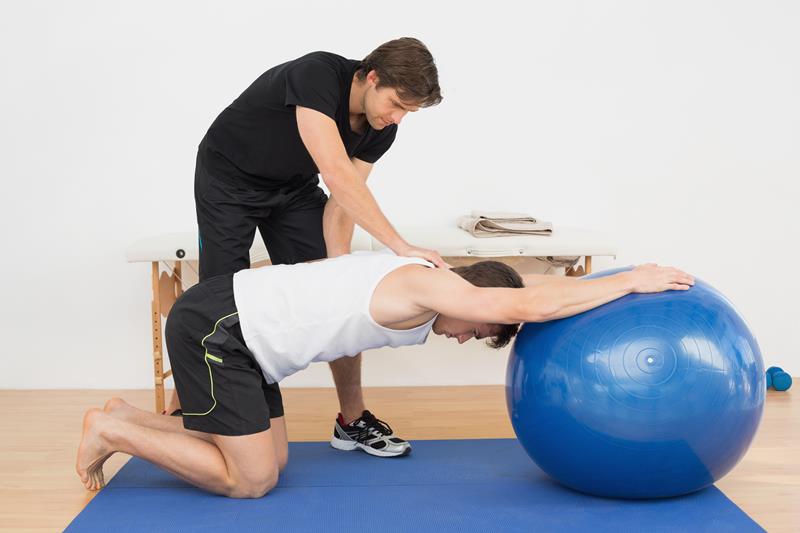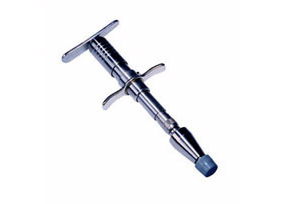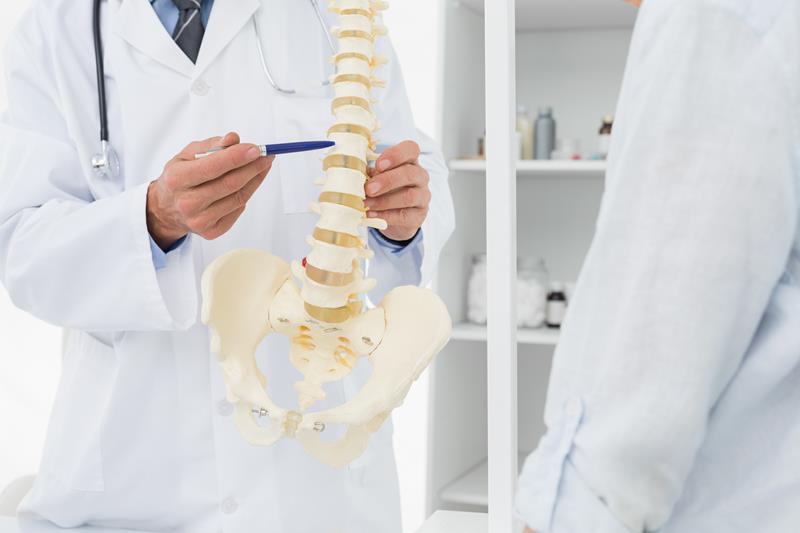
Additional:
- Trigger Point Therapy

Chiropractic Care
We specialize in correcting your body’s misalignments. Our goal is to ensure that your spine and the rest of your body are working harmoniously. To do so, we will help you develop a plan that will require light stretching, some exercise, chiropractic care, and a healthy diet.

Corrective Exercises
Corrective exercises are the use of bodily movements and/or postures to restore desirable changes in diseased or injured tissues. The corrective exercises are movement strategies that minimize or eliminate compensation. Corrective exercises should precede more integrated exercises, because they can cue the patient’s motor system to respond in a more desirable way and assist in removing or improving biomechanical constraints.

Activator Method
The Activator Adjusting Method uses an instrument referred to as the “Activator Adjusting Instrument” to provide the adjustive force. It is a small, hand held device that offers an impulse to the area being treated. This form of treatment is assessed by using the leg length analysis. Leg length analysis utilizes a series of body movements, challenges and leg checks to determine the location and listing of subluxated joints. The correction of the subluxations found with the leg checks is done with the Activator Adjusting Instrument (AAI).

Graston Technique
The Graston Technique® (GT) is an innovative, evidence-based form of therapy that utilizes an instrument to assist in soft tissue mobilization. This enables clinicians to effectively and efficiently break down scar tissue and fascial restrictions. GT utilizes specially designed stainless steel instruments to detect and effectively treat areas exhibiting soft tissue fibrosis or chronic inflammation. The use of GT instruments along with therapeutic exercises help restore pain-free movement and function.

Myofascial Release
Myofascial release is an intervention administered to various patients to alleviate pain or restrictive tissue problems. The release treatment usually involves the application of gentle or moderate pressure on the connective tissues and leads to relaxation and eventual elongation of the fascia therein. These restrictions are often caused by traumatic accidents or inflammation of the soft tissue. Some patients get them as an after-effect of surgery. They always result in muscular tension and spasm of sharp pain. They cannot be detected through standard diagnosis tests like the x-ray scan. It is essential for a patient to visit a doctor or physiotherapy expert once they notice restriction of movement in the hip area or shoulder. Painful backs can also be a sign of the restriction and can only be treated through the Myofascial Release procedures.
